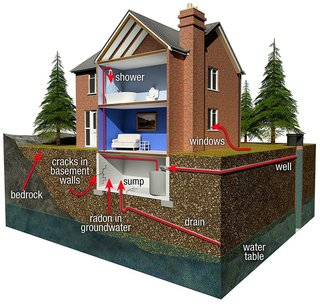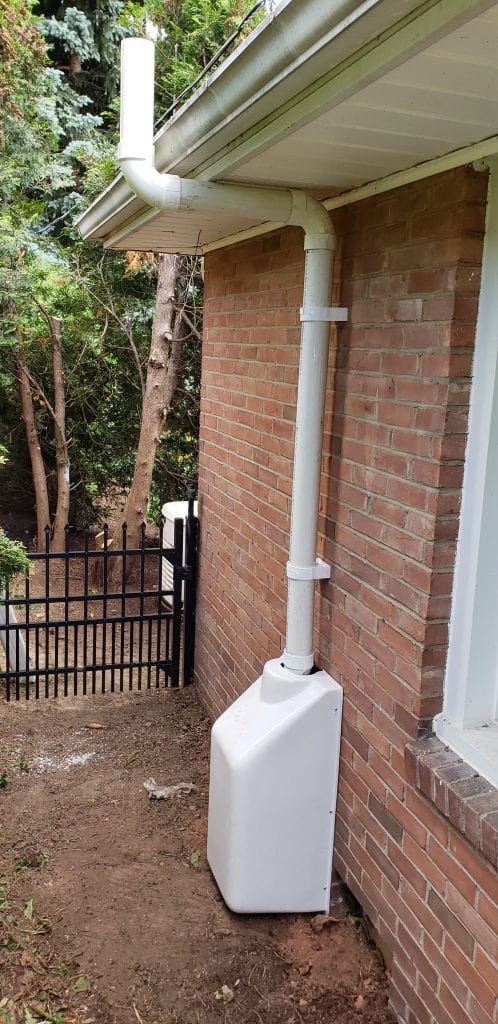What Is Radon
Radon gas is a radioactive cancer-causing nuisance found in many homes in the United States. You cannot see, smell or taste radon, but it may be a problem in your home. The United States EPA has set the “Action Level” at 4 pCi/L.
Radon Causes Lung Cancer
The US EPA and the Surgeon General’s Office have estimated that as many as 20,000 lung cancer deaths are caused each year by radon gas.
Radon is the second leading cause of lung cancer.
At the 4 pCi/L EPA action guideline level, radon carries approximately 1000 times the risk of death as any other EPA carcinogen.
Radon Gas Can Be In Any Home
Just because your neighbors don’t have a high levels of radon gas in their homes doesn’t mean you won’t.
The US EPA estimates that as many as 8 million homes throughout the country have elevated levels of radon. Current state surveys show that 1 home in 5 has elevated radon levels.
Radon Gas Is Radioactive
According to Radon Awareness, “If you live in a home for 1 year that has exactly 4.0 pCi/L then your radiation exposure is the same as 200 chest x-rays per year.”
Radon Gas Will Find Its Way In
Radon can enter a home through the foundation, including concrete, and more so through cracks in a foundation or dirt floor, such as older crawl spaces.It can also enter a home through the ventilation system.
Essentially, radon takes the path of least resistance, a varying factor between homes.
Should You Test For Radon?
There are no immediate symptoms that will alert you to the presence of radon. It typically takes years of exposure before any problems surface.
The US EPA, Surgeon General, American Lung Association, American Medical Association, and National Safety Council recommend testing your home for radon. Performing a radon test is the only way to know your home’s radon levels.
Radon Levels Change
Just because you don’t have high radon levels today (or didn’t when you bought your home) doesn’t mean the levels will never increase.
The US EPA recommends testing your home for radon every 2 years as subsurface conditions change and may cause the presence of radon gas in your home.

